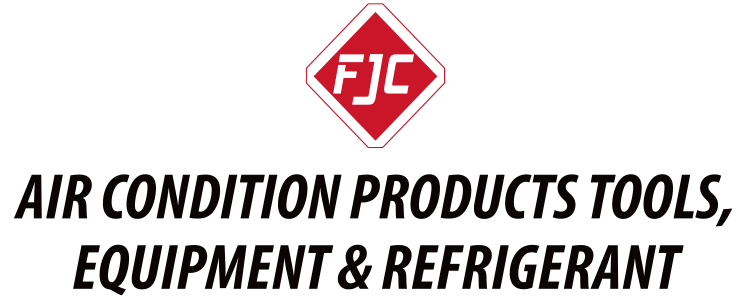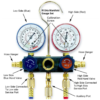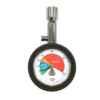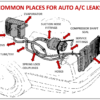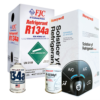OEM vs Aftermarket Car Parts
With automotive air conditioning, as with all automotive repairs, when you need repairs you generally have two costs: parts and labor.
Generally the labor cost is a constant—either you do the repairs yourself, incurring no labor costs, or you hire a corner garage auto tech or dealership mechanic who provides an hourly labor rate.
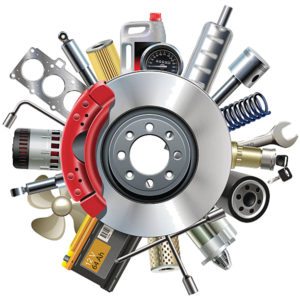
What we’re focusing on here today is the auto parts themselves. The cost of auto parts can vary greatly. Sometimes that variance coincides with the quality of the part, but not always. We’ve compiled some information to help make your decision on auto parts a bit more informed:
OEM (Original Equipment Manufacturer) are parts made by the manufacturer of your vehicle, and are generally purchased from a dealership. These parts should exactly match those which originally came with your car when it was first built. Purchasing OEM parts takes some of the decision making out of your parts purchase, you simply buy exactly what you are replacing. In addition, the quality is consistent, and the OEM part will often come with a manufacturer’s warranty. On the downside, however, OEM parts may take longer for you or your mechanic to source, making your repair take longer. In addition, OEM parts are generally more expensive than their aftermarket counterparts (about 60% more expensive, in fact). If that additional expense guaranteed a “60% better part”, the cost might be justified, however that should never be assumed. Many aftermarket parts are just as good—or better—than the original manufacturer’s part. A final consideration is when dealing with collision repairs, and sometimes parts for a leased vehicle (check your lease), only OEM parts should be considered.
Aftermarket parts, on the other hand, is the term for any part not sourced from the vehicle’s manufacturer. These are readily available to your mechanic from distributors, and to you from auto parts stores. Many aftermarket manufacturers produce parts intended to function the same—or better than—the original. This is where you and/or your mechanic need to do your homework. Look for quality materials and workmanship, read reviews, shop around. Although the number of options may appear overwhelming, it is very possible to get a much better deal in the aftermarket marketplace. Finally, check for a warranty. Some companies offer warranties that rival that of the OEMs, while others do not in an effort to keep prices down.
When you take your vehicle in for repairs, be proactive in asking whether you will be getting OEM or aftermarket parts, and even whether the parts you are receiving are new or used.
LMK 2020

